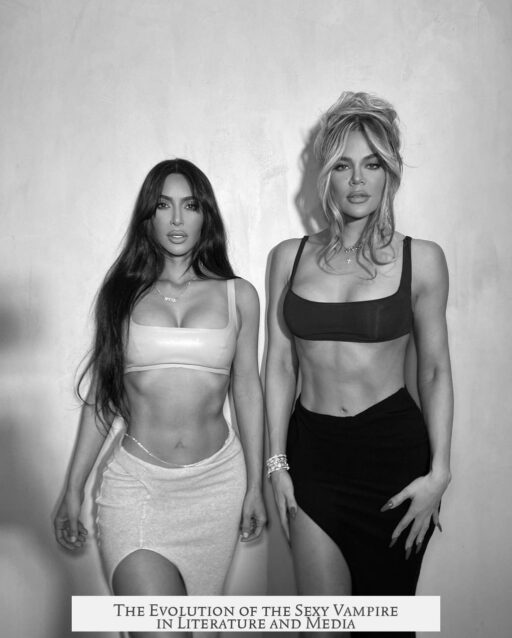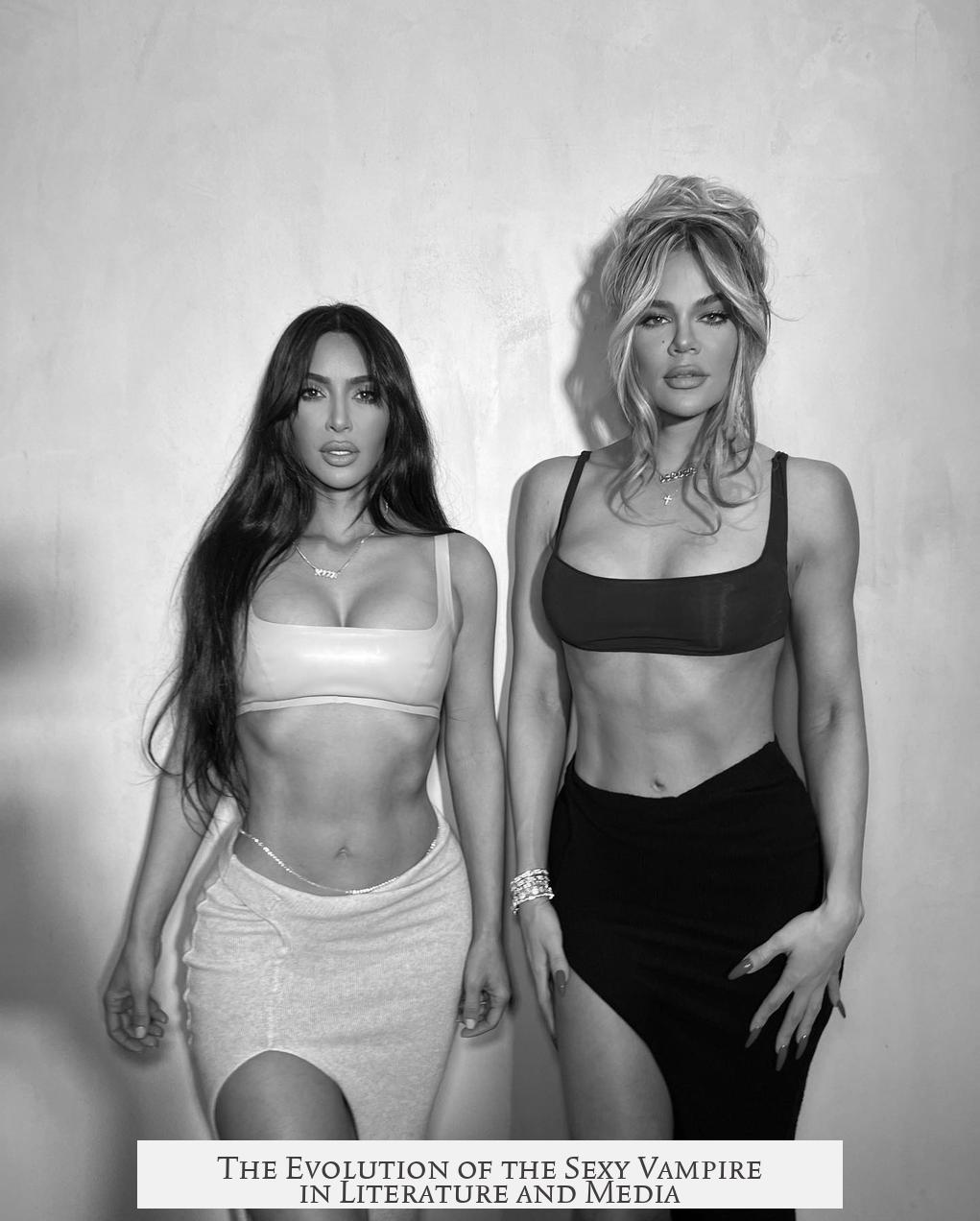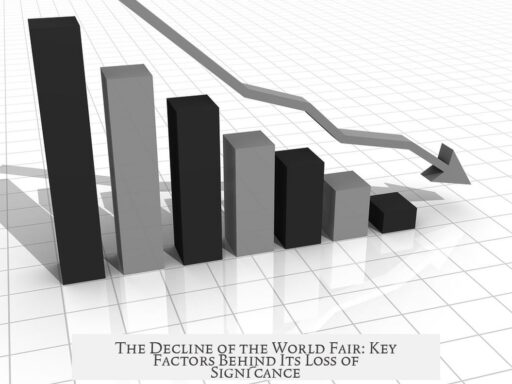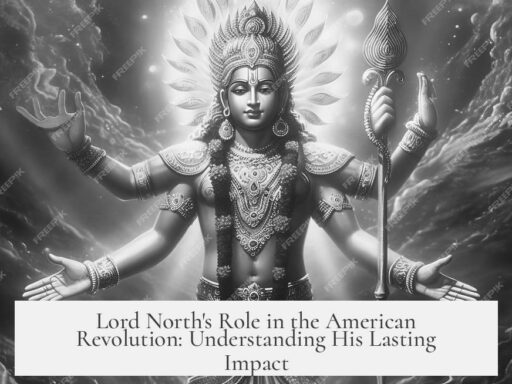Vampires became sexy in media primarily due to the influence of John William Polidori’s 1819 story The Vampyre, which introduced the archetype of the seductive aristocratic vampire. This portrayal fused supernatural danger with sexual allure, transforming vampires from grotesque monsters into charismatic predators. The trope’s success in literature influenced global popular culture and persisted into modern media, where vampires symbolize both desire and power.
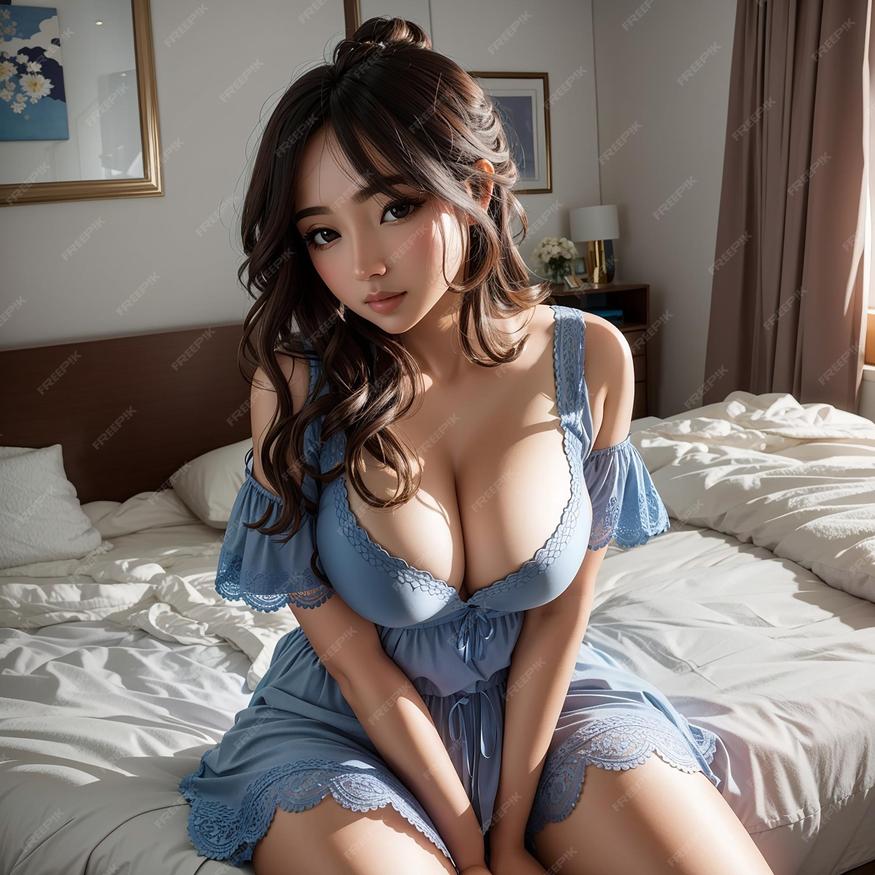
The sexy vampire trope begins explicitly with Polidori’s The Vampyre. Set against the Gothic backdrop of the Balkans, the story presents Lord Ruthven, a vampire nobleman whose interest in young women is as carnal as it is predatory. This character marks a turning point from earlier vampire myths that depicted vampires as mindless, decaying corpses. Instead, Ruthven embodies a cruel yet charismatic aristocrat, blending seduction with supernatural menace. This complex figure aligns with Gothic traditions that romanticize the dangerous casanova, establishing vampirism as a metaphor for sexual predation and power.
The story’s popularity during the Regency Era and early Victorian Europe was substantial. Its success, partly from its erotic undertones, led to translations and adaptations worldwide—including American parodies, German operas, and English plays performed before Queen Victoria. These adaptations spread the image of the vampire as a seductive and dangerous lover, making this figure central in 19th-century literature about vampires. This portrayal prefigures Bram Stoker’s Dracula, published more than 80 years later, which further solidified the seductive vampire archetype.
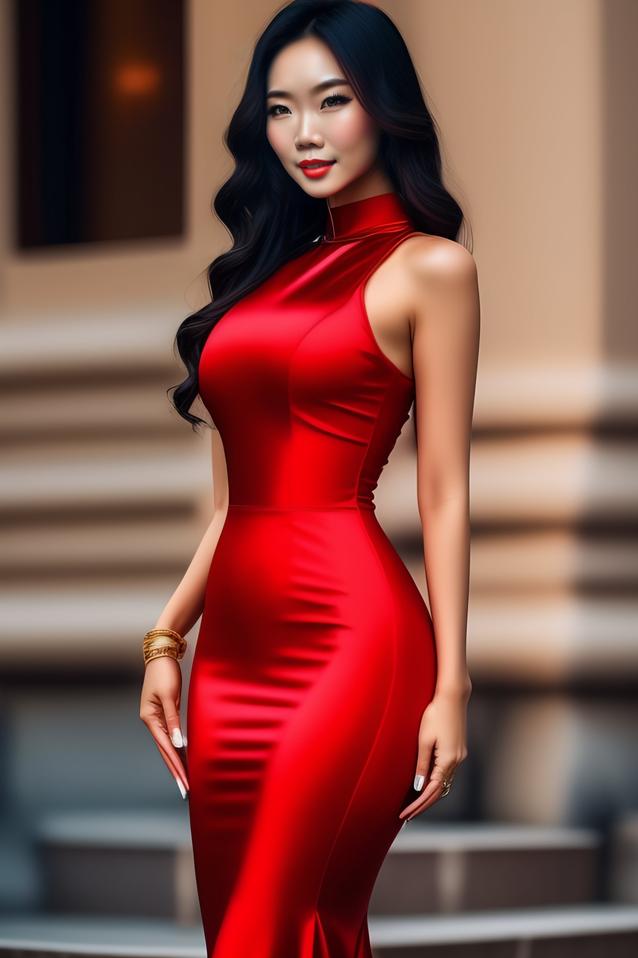
The vampire’s allure does not separate sexual desire from supernatural seduction. This is consistent across adaptations of Polidori’s work, showing the vampire’s danger as both physical and erotic. Vampires operate not only as predators feeding on blood but also as casanovas who destroy innocence through cruel, seductive power. This duality grants vampires a magnetic appeal that fascinates readers and audiences alike, making them figures of both fear and fascination.
Historically, vampires moved from folklore and superstition to defined literary constructs in the 18th and 19th centuries. The Habsburg government’s declaration less than 40 years before The Vampyre stated vampires did not exist, which allowed fiction to explore the myth without genuine fear. Their origins in Eastern Europe and the Middle East added exotic and mysterious qualities, enhancing their allure. This cultural and geographic context made vampires ripe for reinterpretation in literature and later media.

Polidori’s vampire set the stage for later portrayals. Authors like Bram Stoker drew on this template, and the lineage extends to 20th-century writers like Anne Rice and Stephenie Meyer. Their works popularized the romantic and sexy vampire figure across decades. This link from early 19th-century gothic aristocrats to modern romantic vampires is clear, maintaining that blend of eroticism and menace first expressed by Lord Ruthven.
Lord Byron’s role, though minor in Polidori’s text, may have been influential. His creation of a fanfiction vampire as a participant in a famous ghost story contest arguably inspired Polidori’s character. Byron’s own public persona as a charismatic and provocative figure likely shaped the concept of the vampire as both alluring and dangerous.
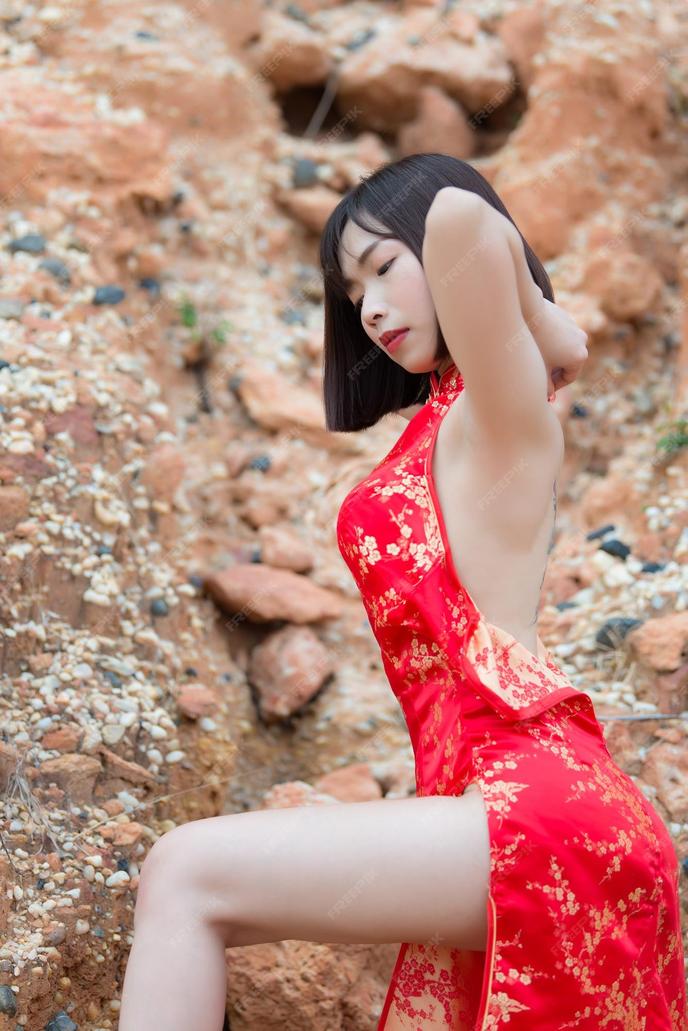
After its publication, The Vampyre inspired various responses including social commentary. One notable example is The Black Vampyre, an American parody that reimagines Ruthven within a story about slavery and revenge. Such works used the sexy vampire trope to explore wider themes of power, desire, and social taboos. This diversity of usage reflects the trope’s adaptability beyond horror into cultural discourse.
The sexy vampire remains culturally significant today. Locations associated with vampire lore, such as Whitby in England, attract tourists with vampire-themed merchandise—a sign of the trope’s enduring commercial and popular appeal. The idea of the vampire as a seductive figure persists in media, influencing books, movies, and television. Vampires continue to symbolize complex ideas about sexuality, danger, and allure.

- The sexy vampire trope originated with John William Polidori’s 1819 story The Vampyre.
- Lord Ruthven represents a seductive aristocrat blending sexual desire with supernatural power.
- The trope evolved from folklore to Gothic literature, making vampires charismatic predators.
- Victorian and later media sustained and expanded the vampire’s erotic and dangerous image.
- Modern popular culture, including tourism, continues to embrace and market the sexy vampire archetype.
How and Why Did Vampires Become so Sexy in Media?
The sexy vampire trope in media traces back to John William Polidori’s 1819 story, The Vampyre, which presented the vampire as a seductive aristocrat rather than a mindless corpse. This radically shifted the vampire mythos toward a blend of sexual allure and supernatural danger that endures to this day.
How did a creature legendary for menace and bloodlust become a symbol of allure and desire? Buckle up. This transformation has as much to do with historical context and literary flair as with cultural appetites for a dangerous kind of romance.
The Literary Birth of the Sexy Vampire: Enter Lord Ruthven
Polidori’s The Vampyre emerges from a famous ghost story contest hosted by none other than Lord Byron. The story’s protagonist, Lord Ruthven, breaks the mold of gruesome vampire lore. Instead of a rotting ghoul, Ruthven is a “seductive aristocrat” who preys on “nubile young women” with a mixture of charm and deadly intent.
This fusion — equal parts carnal and carnivorous — gave the vampire a dual identity as both lover and predator. The Gothic tradition of charismatic, yet cruel casanovas echoes through Ruthven’s character, setting the blueprint for a vampire who is irresistibly dangerous. This wasn’t just horror; it was horror wrapped in silk and intrigue.
Why does this matter? Before Polidori, vampires were mostly seen as plagues of pestilent, uncanny revenants—creepy but unsexy. After Ruthven, seduction wasn’t just subtext; it became the story’s sharpest fang.
Victorian Fame and the Cultural Ripple Effect
The Vampyre didn’t just make a splash—it caused a tsunami. The Regency and early Victorian audiences gobbled it up. Its daring blend of supernatural threat and sexual magnetism inspired translations, operas, novels, and plays across Europe and America. Even Queen Victoria saw a performance of a play inspired by the story!
This story is a direct ancestor to Bram Stoker’s Dracula. While Dracula is now the poster child for vampires, the seed of sexiness was planted by Polidori. The appeal of a seductive, dangerous figure led to global fascination—and that fascination hasn’t waned since.
The Erotic Vampire Archetype: Why Sexuality and Danger Go Hand in Hand
The eroticism of vampires is never just about lust but about power and danger entangled. Every retelling of The Vampyre retains this core where sexual desire and supernatural menace are inseparable. This dual role means the vampire is as much a tempter as a terror.
Think of a vampire as the ultimate ‘predatory casanova’. Their goal isn’t just physical feeding but psychological domination — destroying innocence with a smile and a bite. This Gothic archetype syncs perfectly with the vampire’s need to prey. It’s a sexual metaphor for consumption — but also a commentary on seduction’s darker, destructive sides.
The Shift From Myth to Fiction and the Birth of Exotic Mystery
Interestingly, vampires didn’t always reside in the realm of imagination. Less than 40 years before Polidori’s story, the Habsburg government confirmed vampires didn’t exist. This “official” declaration allowed writers to play freely with the myth without fueling superstition. It meant vampires could inhabit exotic, mysterious geographies like Eastern Europe or the Middle East—regions imbued with intrigue and otherness for the English-speaking world.
This exotic backdrop, combined with noble but sinister aristocrats, made vampires a perfect vehicle for exploring forbidden desires, fears, and power dynamics safely within fiction.
Lord Byron’s Shadow: The Charismatic Template
While Byron’s direct contribution to The Vampyre was minimal, his persona looms large. Byron himself was a notorious charmer, a bit of a “bad boy” celebrity known for his wit, looks, and scandalous affairs.
Polidori’s vampire mirrors the Byronic hero: brooding, darkly alluring, and morally complex. This template fueled the vampire’s sexy makeover, linking the mythic creature to real-world figures of seductive danger and charisma.
Legacy and Modern Portrayals: More than Horror, Vampires as Social Commentary
The sexy vampire narrative also became a tool for social critique. For example, within a year of The Vampyre‘s release, an American writer spun The Black Vampyre, which satirized slavery and racial oppression through vampire allegory. The seductive vampire wasn’t just about romantic horror; it embodied power struggles and cultural taboos.
Fast forward to today, and the vampire trope thrives in books, movies, TV shows, and pop culture. Anne Rice and Stephanie Meyer owe a debt to Polidori and Byron. Their stories blend the eternal allure of the vampire’s sensual danger with contemporary themes of love, identity, and morality.
The Cultural and Economic Impact
Vampires have become headline tourism draws and merchandising staples. Towns like Whitby in England overflow with vampire memorabilia, boosting local economies decades after Bram Stoker set part of Dracula there. Sexy vampires aren’t just a story—they’re an industry.
What Makes the Sexy Vampire So Enduring?
- Complexity: Vampires mix fear with desire, danger with intimacy.
- Power dynamics: Their sexual nature symbolizes control, allure, and forbidden pleasure.
- Historical resonance: Rooted in aristocratic Gothic tales, melding social rebellion and mystery.
- Adaptability: Vampires evolve with culture, reflecting contemporary ideas of romance and horror.
So, why do people keep falling for vampires? Maybe because they offer a fantasy of passion that’s thrilling precisely because it’s dangerous. Or perhaps, in the eternal-eyed gaze of the vampire, we see reflections of our own complicated desires.
Practical Takeaway for Media Creators and Fans
If you’re a storyteller, the sexy vampire teaches the power of duality: blending attraction and threat makes characters more compelling. For fans, it’s a reminder that the allure of vampires taps into deep human emotions — fear, love, desire, and the fascination with the unknown.
In essence, vampires became sexy because they embody contradictions we find irresistible.
Summary
The sexy vampire in media originated notably with Polidori’s The Vampyre (1819), which introduced a seductive aristocratic vampire figure inspired by Lord Byron. This vampiric figure fused supernatural horror with sexual allure, establishing an enduring trope of the ‘predatory casanova’ vampire that destroyed innocence through both physical and sexual predation. The story’s popularity in the 19th century influenced numerous adaptations and set the stage for Bram Stoker’s Dracula and modern portrayals of vampires in literature and media.
The vampire’s transition from feared myth to captivating fiction coincided with evolving cultural contexts surrounding sexuality, exoticism, and horror, leading to the vampire’s pervasive role as a sexy, dangerous lover in global popular culture today.
